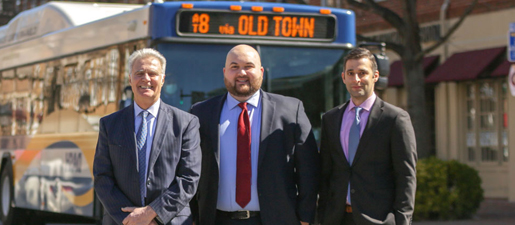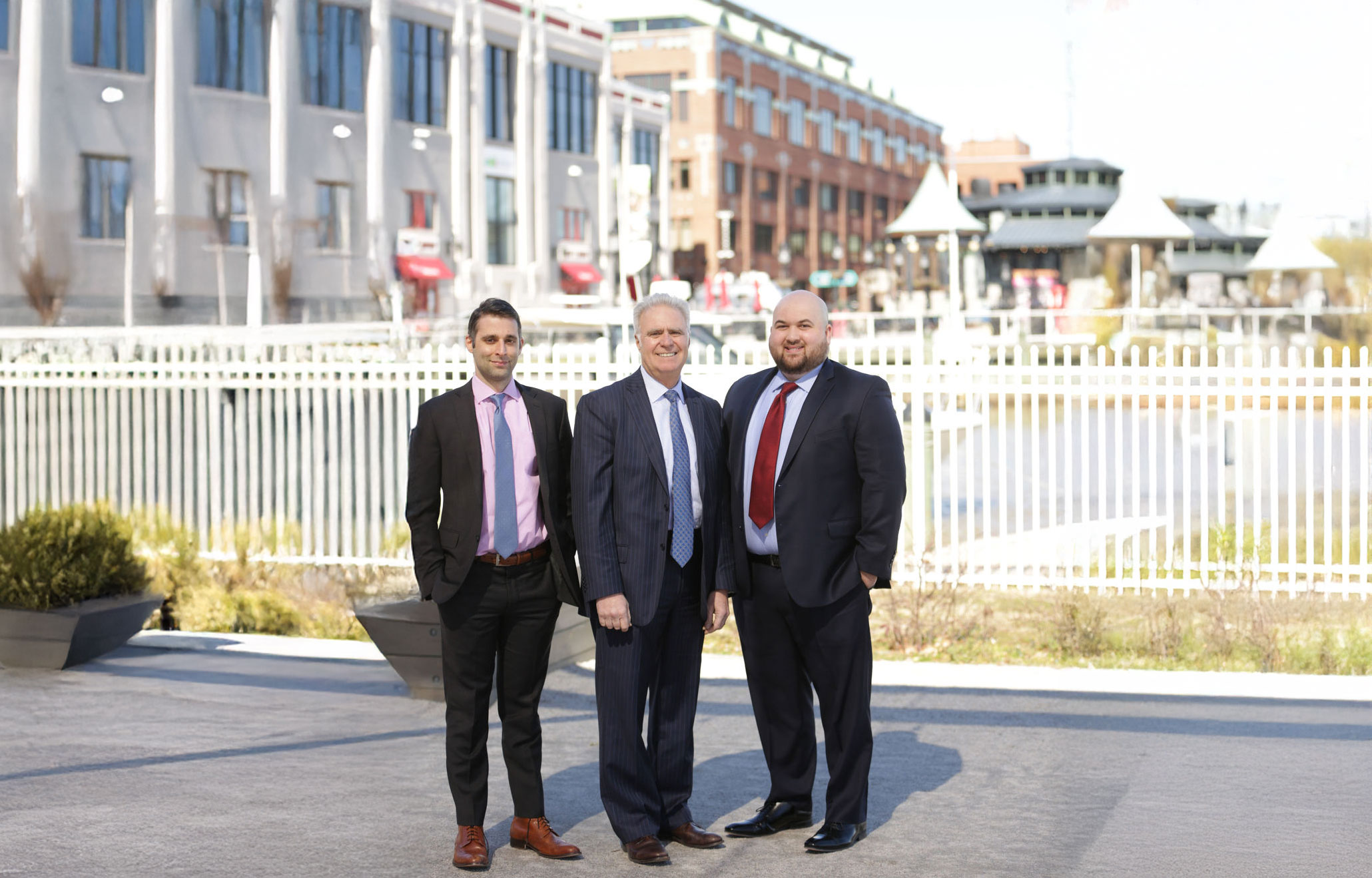We mentioned in our previous blog that two common types of accidents include automobile and slip/trip and fall (premises liability) accidents. While you typically don’t expect to be involved in a premises liability claim, there are certain things you should remember to do when the situation justifies such an action.
Premises liability accidents occur when a person’s injury is caused by an unsafe condition on someone else’s property. This can be a commercial property, such as a store or other business, or on a personal homeowner’s property. The most common type of premises liability cases are slip-and-fall and trip-and-fall accidents.
These accidents involve tripping or slipping and falling due to a hazard that should not have been present. Examples of such hazards include uncleared patches of ice in a parking lot, a wet floor without a sign in a grocery store, or an uneven, poorly lit sidewalk in front of someone’s home. The National Floor Safety Institute has reported that slip and falls account for over 1 million hospital emergency room visits a year, causing serious injuries like fractures and broken bones, soft tissue injuries, concussions, and spinal cord injuries.
The steps you should take after a slip or trip-and-fall accident are similar to those for auto accidents, but there are some key differences. Here’s what you need to do:
- Gather information. Anything that indicates the name of the business at the scene, where you were, and the names and contact information of potential witnesses should be documented. Also, document the exact time and date of your fall and what you were doing before the accident. Gather evidence of the scene by photographing exactly where you fell and any nearby hazards, like stairs, icy patches, slippery unmarked aisles, or uneven sidewalks, that may have contributed to the accident. In premises liability cases, you must prove that the owner of the property knew, had reason to know, or should have known about the hazard that caused an injury. It is extremely important to photograph the scene for evidence that the owner knew or should have known about the condition of the property that caused an injury.
- File an incident report. Instead of filing a police report as you would in an auto accident, you should file an incident report with whoever is in charge of the premises. In other words, make sure you report what happened to the manager, property owner, or landlord where the accident occurred. Please give them the basic information about when and where the accident occurred, but avoid giving details that place blame on any party. It is also important to take down the contact information of everyone that responded to the scene of your injury.
- Seek medical treatment. Just like auto accidents, not seeking medical attention promptly can harm your case by making it questionable whether the fall caused your injury. Having documentation that you sought out medical treatment immediately and were diagnosed with an injury by a doctor is crucial for a strong personal injury case.
- Consult an experienced personal injury lawyer. An experienced personal injury attorney, such as the lawyers here at Curcio Law, will guide you through the process, document your losses and build a strong case that proves the property owner was responsible for your accident. With an experienced attorney by your side, you have the best chances of receiving the full compensation you deserve for injuries and losses caused by the unsafe premise.

